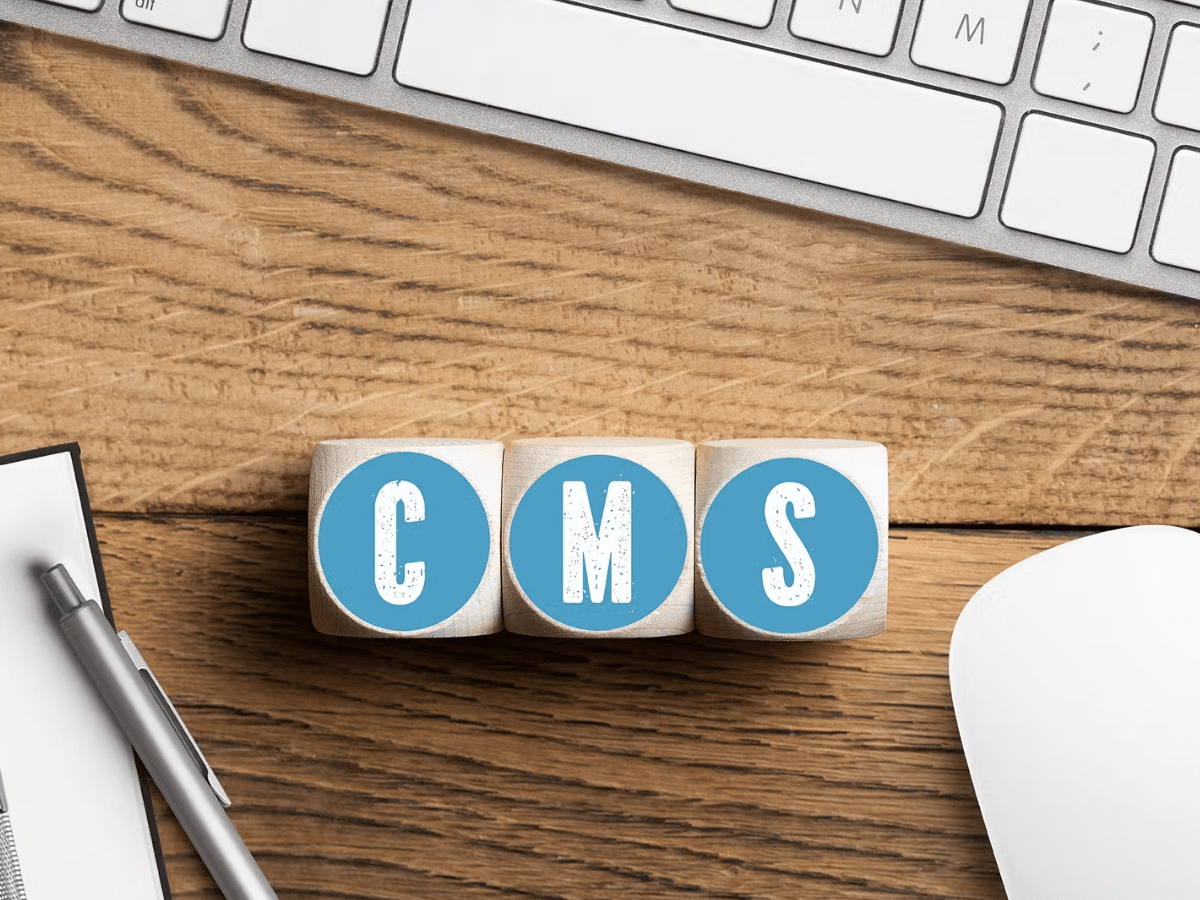The Rise of Headless CMS - Part 1

In today's world, brands have to pay close attention to real-time conversations and content storylines happening on multiple platforms. To participate in those conversations requires content that is efficiently managed, topically relevant and distributed quickly. Articles, podcasts, videos, apps, social media and blog posts are just a few of the channels which require a robust content management strategy. Because of this, companies are quickly moving their content management strategies to an API-first approach.
Managing content efficiently, cost effectively and distributing it quickly without an innovative technology platform can become a nightmare of limited capability, inefficient storage and costly investments. Poor technology or lack of strong content strategy is the quickest path to failure.
Traditionally, content strategy has been supported by a Content Management System (CMS) that also serves as the website for the content. Most websites are running some type of CMS solution to handle the content management for the website. This is where the bottleneck to innovation and quick content distribution happens.
What is a traditional CMS?
A CMS is a software system that stores content and allows users to edit and publish that content to the web. Traditional CMS solutions like Wordpress and Drupal also serve as a website platform for that content but those platforms can have very limited integration capabilities with other channels, i.e. social media, podcasts, video, articles, etc. Those limits can create friction around scale, innovation and security that must be worked around. Moving CMS platforms can be time-consuming, expensive and involves migrating every piece of content to a new system. Like building a new home in a new neighborhood because you wanted a walk-out patio. It is clear there is an issue with traditional CMS that needs to be addressed.
The value of API-first (headless CMS)
While there may always be a market for a traditional CMS website, its value as a technology platform for a strong content strategy is quickly fading. The way consumers subscribe and engage with content has changed and is evolving quickly. It's no longer just about the frequency or timeline that content is being published. It's about having relevant, real-time conversations with your audience in multiple channels. Content strategy and the way content creators connect with their audience is evolving. The world is now seeing that content strategy must be nimble, quick and adaptable. It is imperative that content be able to be deployed anywhere, at anytime. As a result, the technology that enables that strategy must have similar nimbleness and speed.
This is where the power and value of headless CMS technology is clear. A headless CMS platform separates the management of content from the technology used for publishing. They have separate concerns and operate at different speeds. This unlocks a tremendous amount of benefits around flexibility, innovation, security, cost and ease of content management. Those of which are the driving factors for investment, adoption and continual innovation with headless CMS technology.
So what is a headless CMS?
Essentially, a headless CMS system is nothing more than a content system without a frontend for displaying the content. It is technology agnostic when it comes to how that content is displayed or published. Its primary purpose is to give content editors a simple place to store, edit and manage all types of content.
That's it.
Developers can access that content through the use of Application Programming Interfaces (API's) to publish the content on a website or some other location. Whether that is on your website, a social media account, podcast, blog or some other subscription service. Because you are now using a headless CMS, you own the content and you are not limited with the platform you use.
Wow! Cool, right?
The pros of Headless CMS
Here's just a few of the many benefits that come along with a headless CMS:
- You own your content! It's no longer embedded into a single web technology that you can never leave. Choose whatever technology fits your publishing needs.
- Your content is secured independent of your website. This ensures that your content is not behind a publicly viewable login or susceptible to DDoS attacks, brute force password guesses, or known vulnerabilities in your CMS.
- Traditional CMS platforms can be slow and bloated with third-party plugins. Now you can optimize for speed and performance, reduced technical debt, and third-party plugin dependence.
- Content editors don't have to worry or spend energy designing how the content will be represented down to the pixel. They can focus on crafting content and content publishing.
- Headless CMS ensures that your content strategy is future proofed. Changes in web technology, upkeep of CMS platforms, or legacy systems no longer bog down your content strategy.
- Headless CMS is much easier to learn and implement! It just focuses on content!
Conclusion
This concludes the first part of the article on the rise of Headless CMS. Headless CMS solves a lot of problems with security, scale and speed to market for content. It’s a future-proofing technology that unlocks your capability to be nimble and efficient with your content strategy. The speed of innovation happening in Headless CMS is only accelerating so it should be part of your organizational architecture. In the next post I will pick this up again and cover the Headless CMS options, which one might be a better fit for you company and how you can get started.